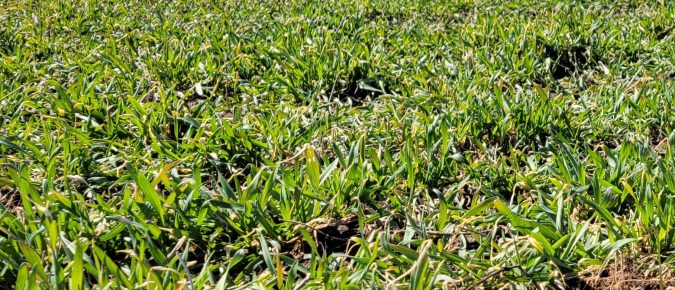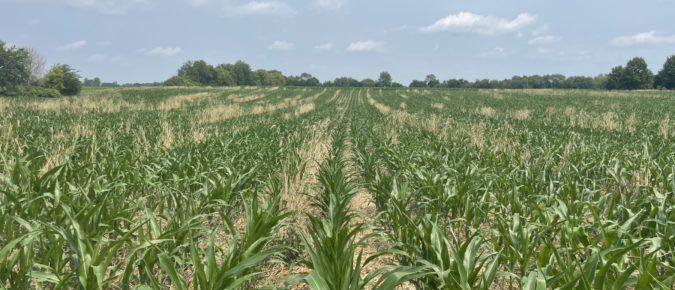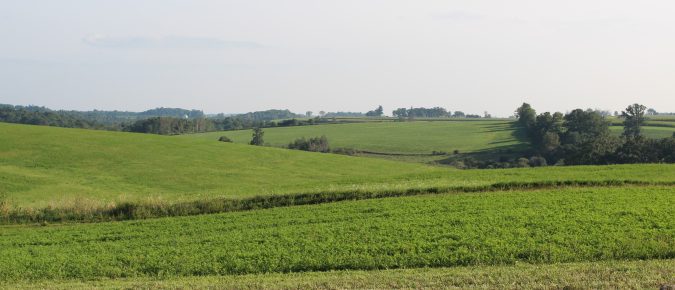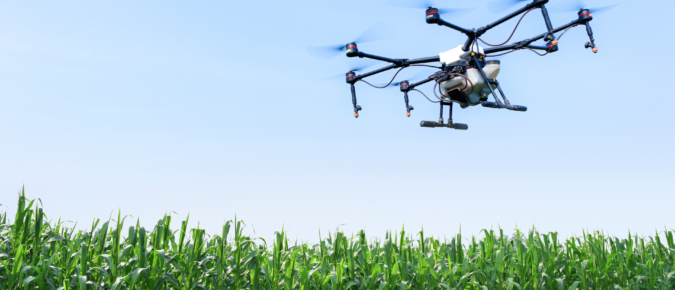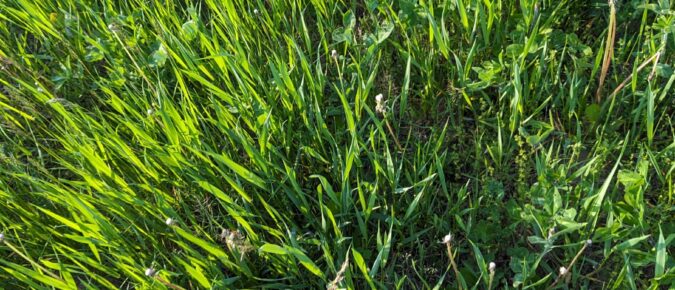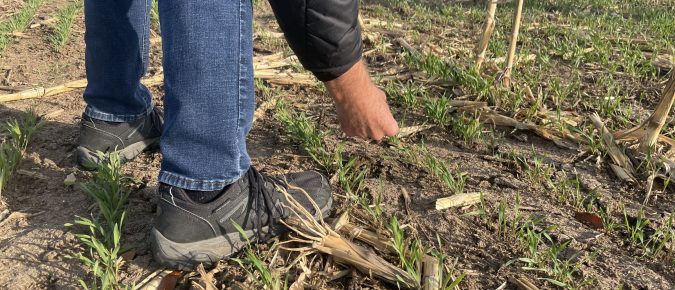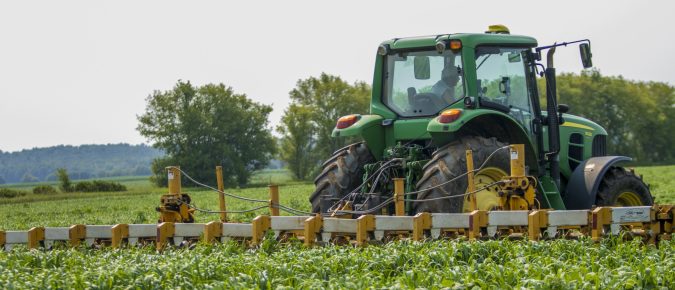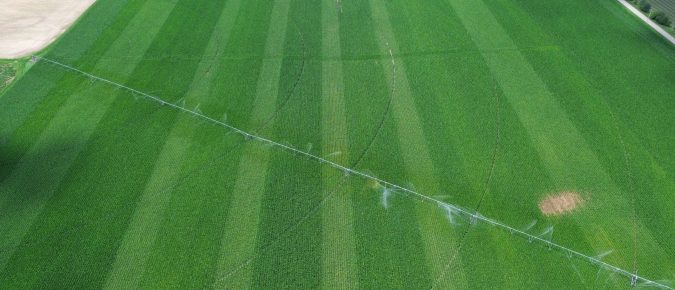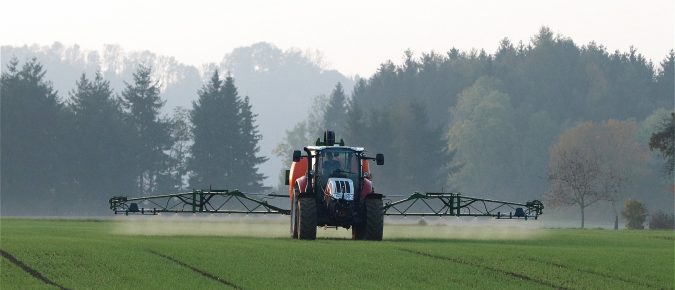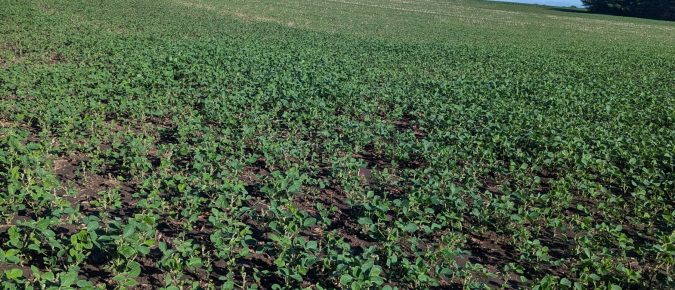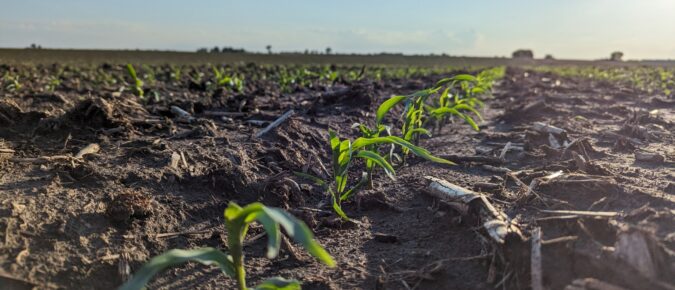In this article, we present some foundational considerations related to soil health testing and describe situations where soil health testing can provide useful information about specific soil functions to farmers, landowners, agronomists, and crop consultants.
Join Francisco Arriaga as he explores the latest soil conditions and management strategies for spring 2025.
Paul Mitchell provides a comprehensive overview of the state of the farm economy in spring 2025, focusing on net farm income, crop margins, and farm financial information.
Join Steve Vavrus from the Wisconsin State Climatology Office as he provides an update on Wisconsin’s weather and considerations for ag professionals.
Tight budgets are becoming the norm due to a combination of volatile commodity prices, rising input costs, labor shortages, and weather-related impacts. Amid these pressures, the push to innovate and adopt sustainable practices has not slowed—in fact, it is getting stronger.
There are multiple ways grasses fit into a dairy system from field to bunk, whether seeking overseeding options, more resilience when applying manure, or more biodiversity in in-field ecosystems.
Discover how on-farm research can inform management decisions, promote sustainable practices, and contribute to statewide agricultural recommendations.
Learn how to leverage these technologies to enhance your research projects, improve data accuracy, and make informed decisions that boost both productivity and sustainability.
Learn about the value of on-farm trials and discover practical approaches to implementing research projects tailored to your specific farming conditions.
Cereal rye can be used as high-quality forage for livestock, but careful management of herbicide rotational intervals is essential to ensure legal and effective use.
It’s almost time to scout for early season insect pests in corn and soybeans. These pests can impact soybean crops above and below ground.
It’s almost time to scout for early season insect pests in corn and soybeans. These pests can impact corn crops above and below ground.


